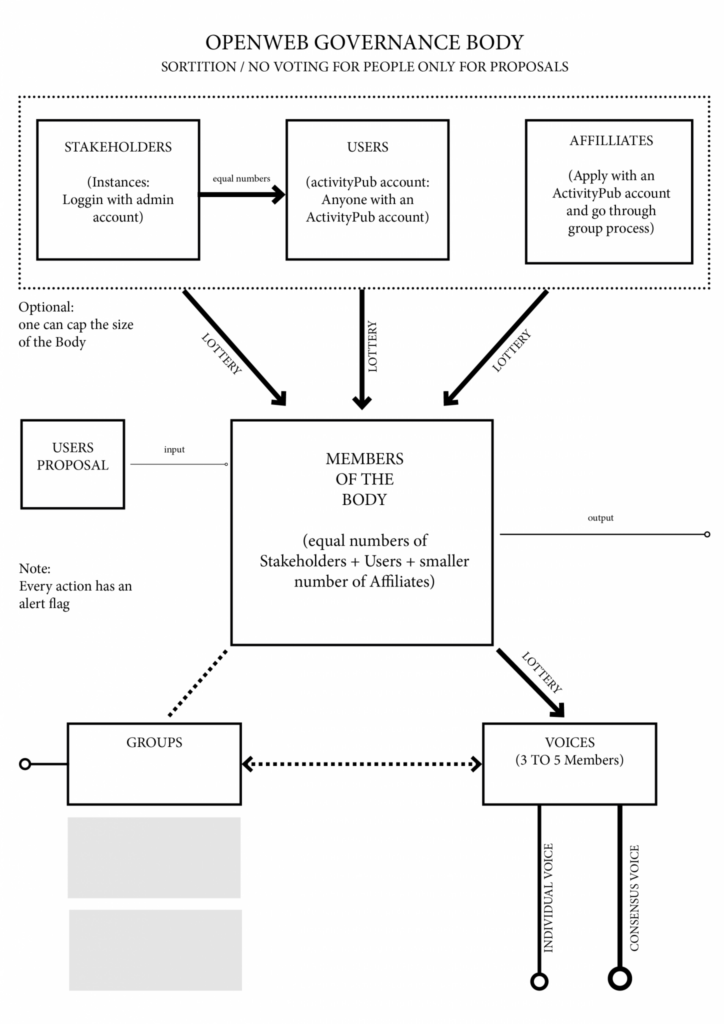#Opensocialmedia is native to the #openweb it represents liberation, while #closedsocialmedia is centred around control for profit. The balance between these two forms is nuanced, and understanding the implications and paths of each requires consideration. It is not “common sense” so you need to think outside your current limited view please #KISS
Open Social Media: Liberation
- Transparency and Accountability: Open social media operate with transparency, allowing people to see and understand the algorithms, policies, and decision-making processes. This transparency builds trust and accountability, as people feel responsible and empowered to be responsible for actions and content.
- Empowerment: At best, people and communities have control over their content and data. They shape experiences to take their own path, contribute to the platform’s development, and participate in governance. This builds ownership and engagement, it’s a feedback loop.
- Innovation and Collaboration: Open platforms grow through collaboration. Developers and users create features together, improving collectively. This collaborative building nurtures technological for people rather than only for profit.
- Information: Open social media provides unrestricted access to information, promoting affective and for fulling speech and sharing of ideas. This supports progressive education, activism, and the basic democratization of knowledge.
Closed Social Media: Control
- Monetization and Profitability: Closed social media platforms are motivated by monetization, using people’s data and metadata to generate revenue through manipulative advertising and social control.
- Centralized Power: Control is centralized to the platform owners and administrators, in the end the state. This centralization limits people influence over the network, policies and progressive changes, creating vertical, top-down governance.
- Content Moderation and Censorship: Content moderation is core to building community and to prevent abuse, closed platforms exercise total, manipulative control, leading to #mainstreaming censorship and the shaping of agendas, and most obviously the suppression of dissenting voices. This control is used to shape public thinking and silence any real opposition.
- Data Privacy Concerns: Closed platforms collect and store vast amounts of people’s data and metadata without much transparency about how it is used. This lack of transparency highlights privacy concerns and risks of invertible data leeks.
The Complex Balance
- Finding the Middle path: Balancing open and closed social media involves finding a balance where people’s empowerment and creativity coexist with democratic controls and sustainability measures. This balance requires careful consideration of the trade-offs involved in both cases.
- Regulation and Governance: Effective democratic regulation and governance are crucial in maintaining this balance. Policies protects people’s rights, data privacy, and promotes transparency without stifling creativity by pushing only #mainstreaming agenda.
- Community Involvement: Building in community decision-making grows this balance. Platforms that have participatory governance are likely to achieve a harmonious equilibrium between openness and control.
Conclusion
The balance between open and closed social media is not straightforward and requires taking the path of reflection and adaptation. Open social media offers liberation through transparency, empowerment, and collaboration (#4opens), while closed social media focuses on control, centralization, and monetization (#dotcons). Walking a path that maximizes the benefits of both approaches involves navigating trade-offs, growing community involvement, and implementing effective governance (#OGB).
You can support this balancing https://opencollective.com/open-media-network




